How Much Does It Cost to Pump a Septic Tank? (4 Factors That Affect The Cost)
-
Pete Ortiz
- Last updated:
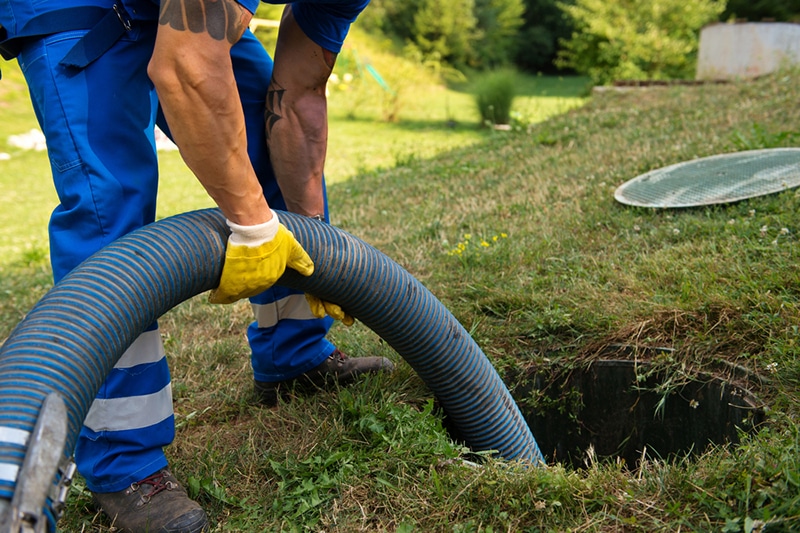
Living off the grid is attractive but comes with several challenges, especially in utility connectivity. Some serious hurdles may include needing a municipal sewer line connection for which the answer is a regularly pumped and a routinely-maintained septic tank.
Septic tanks must continue to work and function properly if your home is to stay hygienic, clean, and healthy for your household. But one of the questions you’ll be asking when considering your sewage and wastewater challenge is how much it costs to pump a septic tank in 2023. Prices for septic tank pumping are determined by the size of your tank, waste or usage, and its location, but the cost averages at $400.
The Importance of Pumping Your Septic Tank
A septic tank is one of those utilities that work with little input from you or having to think about it constantly. But it does fill up, or develop problems such as clogs and blockages, forcing you to take a closer look at this all-important feature of your home’s wellbeing.
Regular septic tank pumping is a preventative, curative, and maintenance measure, as you shouldn’t have to wait until foul odor, blockages, and leakages happen. You must understand how septic tanks function to know why it’s crucial to pump and maintain this sewage disposal system¹ regularly.
When solid or liquid sewage falls into a septic tank, it separates as sludge at the bottom while scum made of grease and oil floats on top. In the middle is a phosphorous, nitrogen, and bacteria-rich layer of water free of solids dispensed into the earth as fertilizer.
It’s from the middle layer of the septic tank that dispersion pipes emerge, so the topical scum or the bottom sludge never leaves the tank. Some may decay due to bacterial or chemical reactions. But this sewage concoction has to be eliminated every once in a while to avoid overfilling and contamination.
Regularly pumping your septic tank keeps the ecosystem well-balanced, and you’ll not have to worry about the sewage flow from your house or dispersion into the septic field. Avoid sludge or sum layer build-up and blockage, which cause backed-up sewer lines and contaminated soil, by ensuring your septic tank is pumped at least once a year.

How Much Does Pumping a Septic Tank Cost?
The Environmental Protection Agency (EPA) recommends pumping your septic tank within six inches of the dispersion or outlet pipe. Putting off this job for longer than necessary will only lead to higher costs of repair, maintenance, and, sometimes, eliminating contamination¹ from soil. Lower costs than this range from $200, while the highest you can expect to pay to clear out sludge and scum is $1,200.
Location means where your house is located, as costs vary according to state or depending on how popular septic tanks are where you live. For instance, you’ll find the price of pumping tanks differing in the following areas as follows:
- Denver, Colorado: $260 to $350
- Boise, Idaho: $280 to $430
- Concord, New Hampshire: $275 to $350
- Jacksonville, Florida: $240 to $400
Experts and industry insiders will advise that you shouldn’t let the scum and sludge¹ layers fill more than 30% of your septic tank’s volume. That translates to 300 gallons if you have a 1,000-gallon tank, which a family of four will fill in approximately a year and a half.
That said, the following factors will play a role in the exact amount you will pay to have your septic tank pumped.
The 4 Factors That Affect The Cost of a Septic Tank
1. Size of the Septic Tank
Some contractors will charge according to the tank size per 1,000 gallons. Others will charge according to the amount of waste pulled out of the tank. However, in most cases, the larger the septic tank, the more expensive it is to pump.
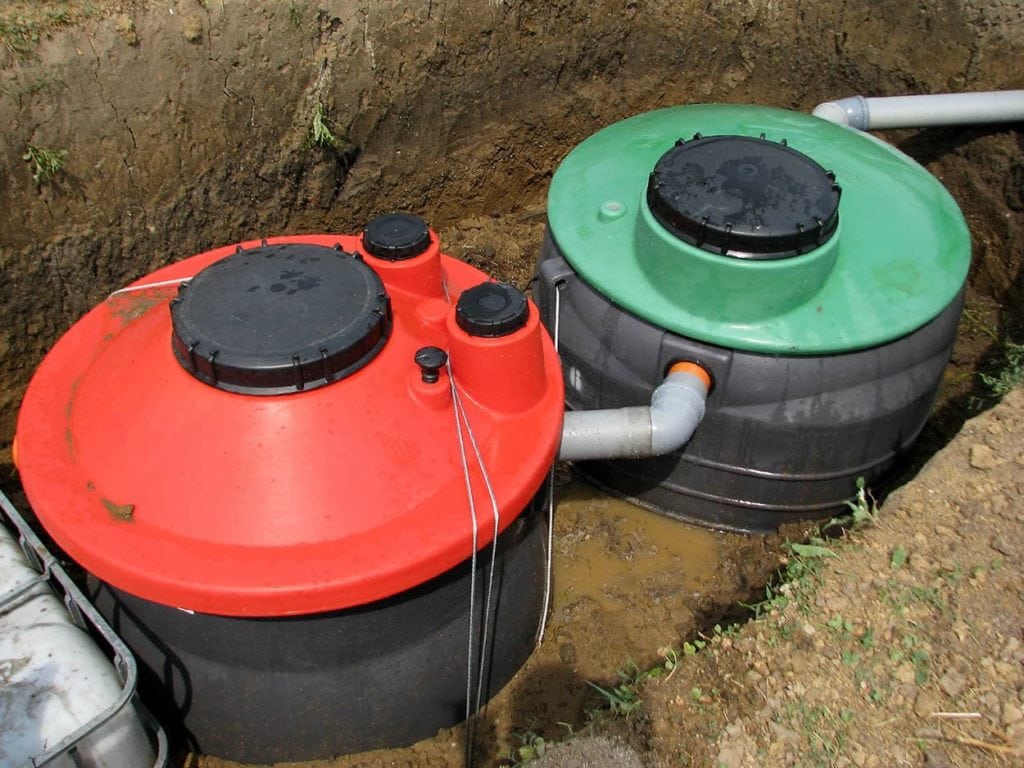
Consult a HEATING & COOLING expert
Find a HVAC, AC and duct specialist in your area, and get free, no-commitment estimates for your project.

2. Accessibility of the Septic Tank
The easier it is for a vacuum hose pipe to get to your septic tank for the emptying process to begin immediately, the cheaper it may be. However, the process may cost you more when it is difficult to get your septic tank and the contractor has to come up with additional ways of accessing it. To avoid such future expenses, ensure your septic tank is installed within 30 meters of access.
3. Type of the Septic Tank
There are two types of septic tanks; the modern type may be round, onion-shaped, or bottle-shaped, with only two chambers to clean. Those septic tanks are easy to clean, requiring not much labor. Hence a bit cheaper.
The other type of septic tank is the older version made of bricks made with masonry. They are built with three chambers, and accessing them is hard work and tricky. Therefore, they are more expensive to clean than modern ones.
4. Location of Your Property
The septic tank’s location will also determine the cost of pumping it. It may cost you more to drain septic tanks in remote areas like rural areas with no access to main drains. It will also cost you more if your property is located in areas with narrow lanes or weight restrictions.
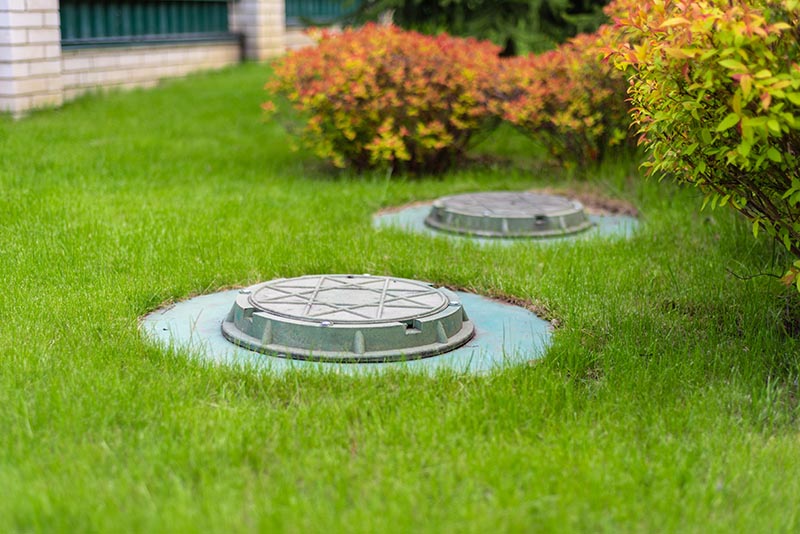
Additional Costs to Anticipate When Pumping Your Septic Tank
There are a few extra considerations that a homeowner needs to make when pumping a septic tank using professional services. That’s especially true if maintenance of the tank is overdue or there’s been a leak, sewer line blockage, or sewage overflow.
Your home’s septic tank is designed to handle two to three years’ worth of sludge, although they can vary in size. If you don’t regularly pump to remove sludge and other semi-solids, the effluence travels through the dispensing pipes and contaminates the grounds.
As such, to guarantee more extended service and bring down maintenance costs¹ for your septic tank, several cost considerations to anticipate include:
Sewer Line Inspection
A professional sewer line inspector will double as a septic tank repair person to perform an inspection using a sewer camera to find clogs, leaks, or blockages. They’ll get a close-up view of the state of your sewer lines, and that’s especially useful if yours is an old system.
When done professionally with the right equipment, sewer line inspection typically costs between $150 and $1,500, depending on the length of the sewer lines.
Septic Tank Maintenance
You should expect to pay between $100 and $1,000 for maintaining your septic tank, including regular inspections. Have a professional septic system technician¹ inspect your tank every one to three years so that you may uncover potential problems to avoid unexpected issues.
If your septic tank remains uninspected, additional costs will accrue during pumping, including repairs, clog removal, and field aeration.
Clog Removal
It can lead to serious sewage sanitation problems if your septic tank causes sewer lines to become clogged. Several causes of clogs include inappropriate materials being flushed down your toilets or sinks such as toilet paper rolls, sanitary towels, and food substances.
Your septic tank may also clog when the dispersal pipes that lead water into a septic field fail to drain water due to hindrances like roots or getting crushed by heavy items above ground. Jetting the system with pressurized water is one way to remove clogs, and it’ll cost approximately $50 and $400.
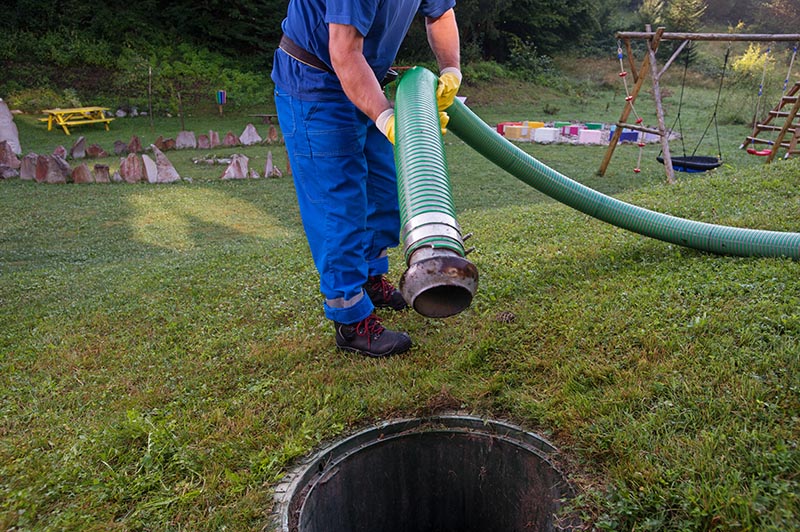
How Often Should I Pump My Septic Tank?
You should schedule a septic tank pumping depending on the size of your tank and that of your household, which translates to wastewater usage¹. On average, if your household has less than five participants, pump your 1,000-gallon tank once every two to three years.
Since there’s a variance in the factors that would necessitate regular septic tank pumping, it’s necessary to perform an inspection each of these years. Some elements are evident, such as when you begin to smell a foul odor around your tank’s location or see seepage from around its cover or lid.
The primary factors that determine if your septic tank needs pumping include the thickness of the sludge settled at the bottom and the scum floating on top. A trusted septic service professional will provide adequate measures and maintenance procedures suitable for your tank’s size, type, and usage capacity.
Does Homeowners Insurance Cover Septic Tank Pumping?
Homeowners insurance typically covers any destruction of property attached to your home, including fire, vandalism, and destructive weather phenomena. Your provider may consider other factors if government action, sinkholes, mudslides, and floods cause damage.
However, homeowner’s insurance¹ policies consider a septic tank as other structures, meaning it’s not attached to the main house. As such, coverage limitations may include maintenance services of your septic tank, such as pumping sludge.
Damage to your septic tank caused by any of the listed perils of your homeowner’s insurance policy will get coverage from most providers. You can buy an extra cover or home warranty which reduces maintenance and repair costs, or water backup coverage in case of blockages that cause sewage to seep into your house.
Additional service line coverage includes components that drain water from your house, including drain pipes, sewer lines, and waste dispensing pipes that flow water into septic fields. You can claim an additional $30 to $40 annually on your policy if these pipes get damaged or broken and any repairs on the tank.
What to Do for Your Septic Tank in Between Pumping
After pumping your septic tank, you may notice that water fills it quickly below the drainpipe. That’s the standard operating capacity of the tank, but some practices will help maintain it in excellent condition. These include:
- Inspecting the septic tank regularly
- Flushing only biodegradable material or debris
- Proper disposal of waste water and products
- Water conservation measures
- Minimal use of chemical cleaners
- Clearing trees and bushes near your septic tank
When working on or near a septic tank, be careful about the dangerous sewage material that causes sickness, as well as fumes that can be dangerous. Many things to do with sewerage are DIY-able, and you should consult a professional regarding the maintenance procedures¹ to perform on your septic tank.
In many states, you also need a specialized license to work on these features; if done improperly, this will lead to environmental contamination. Going near an old, fragile, or uncertain septic tank is not advisable, especially if it’s built on a concrete block or dry-laid stone.
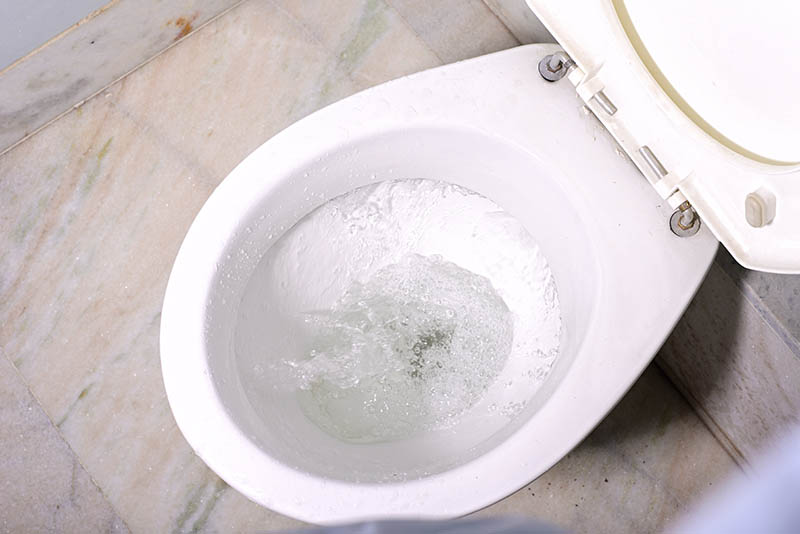
Conclusion
You can avoid the hassle and costs of repairs by maintaining a regularly inspected septic tank, which only needs pumping to empty sludge and scum every one or two years. During this process, you can expect to part ways with anything from $200 to $500 if you’re using competent professional sewerage services.
Proper water and waste disposal management in your household will help reduce these costs and keep your septic tank in excellent working condition for years. Avoid parking your vehicles or placing heavy items in the area on or around the septic tank and directly above buried sewer lines or dispensing pipes.
- How Do Septic Tanks Work to Regulate and Disperse Sewage
- Getting Rid Of Soil Contamination Caused By a Damaged, Leaking or Blocked Septic Tank
- Can I Prevent Scum and Sludge Layers from Forming Faster In My Septic Tank?
- Which DIY Procedures Can I Perform In the Maintenance of My Septic Tank?
- Can I Retain a Septic Tank Professional for Regular Inspections and Maintenance?
Featured Image Credit: KaliAntye, Shutterstock
Contents


